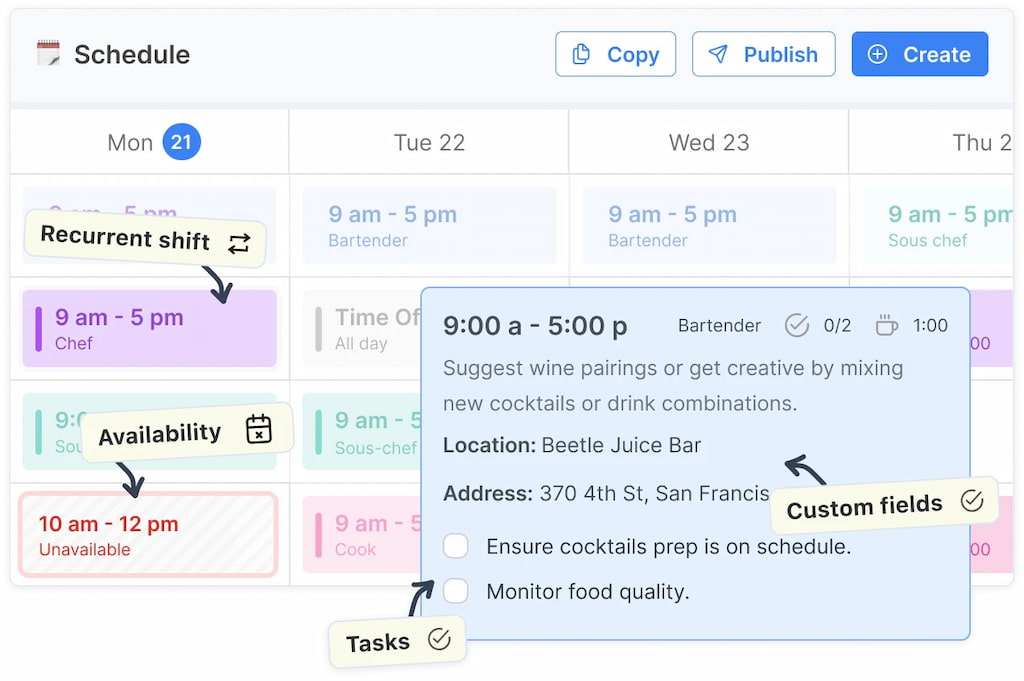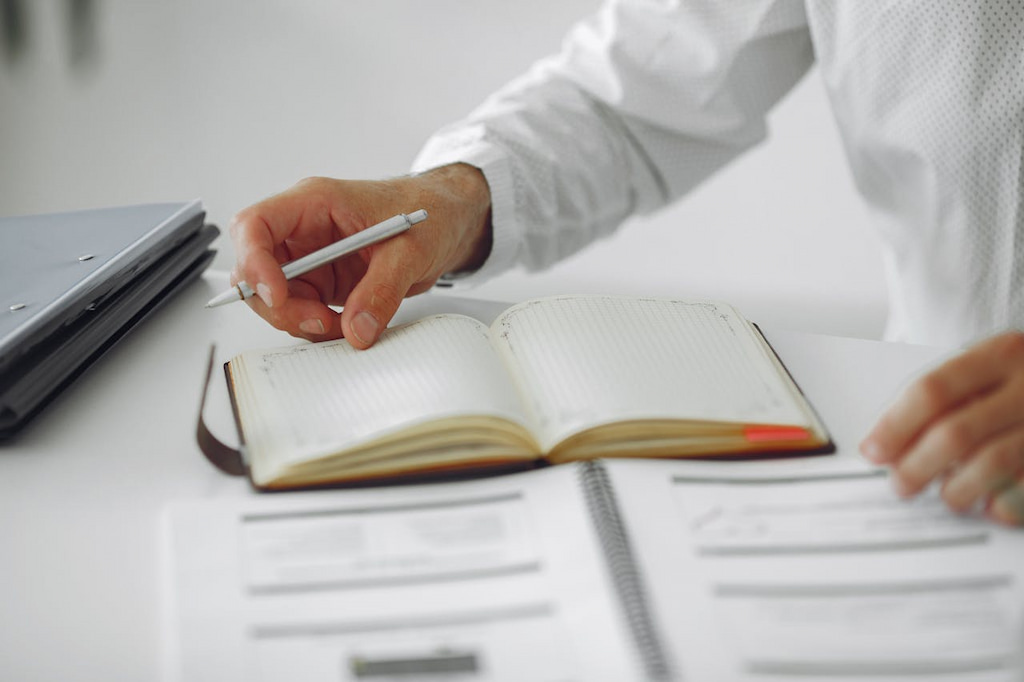It’s Monday morning. You’re juggling overlapping leave requests, last-minute PTO calls, and a calendar full of gaps. The spreadsheet is a mess, email threads are everywhere, and someone’s shift coverage is still unresolved. If your organization’s “time off management” feels like a headache every period, you’re not alone — and there is a better way.
In this article, you’ll learn how to simplify time off management with structure, automation, and the right tools. You’ll get best practices, real-world workflows, and insight into how platforms like Everhour and Shifts by Everhour can transform the process.
🌴 What Is Time Off Management — And Why It Matters Now
💼 Time off management covers how organizations handle vacation requests (paid time off), sick leave, unpaid time off, and related policies like approvals, accruals, and tracking. A well-run system ensures fairness and predictability, preventing chaos and morale dips.
🌐 In 2025, flexible work models — remote setups, hybrid schedules, and customizable PTO — demand transparency and automation. Without it, teams face productivity loss, coverage gaps, and rising frustration.
📊 Remotely’s guide highlights manual systems as major pain points — spreadsheets are error-prone, approvals get lost, and managers lose track of leave balances
☝️ Core Challenges in Time Off Management & Smart Solutions
🌪️ Challenge: overlapping requests & conflicts
When multiple team members request the same dates, conflicts arise.
💡 Solution: use a centralized request system with auto-conflict detection. Blocking rules ensure only one approval per slot — or trigger backup plans for key roles.

🧮 Challenge: untracked accruals & errors
Manual accrual calculations lead to miscounts, disputes, or misunderstandings.
💡 Solution: automate accruals (e.g., 1.25 days/month) with full visibility for employees. Let the tool handle the math.
⏰ Challenge: approval delays & email chains
Requests get lost in inboxes or stall until someone “remembers.”
💡 Solution: set automated approval workflows with instant notifications. Managers can approve or reject on the spot — no chasing.
🧩 Challenge: scheduling gaps after approvals
Even approved time off can cause coverage issues.
💡 Solution: integrate time off requests with your scheduling tool so gaps and backup needs appear immediately.
🔍 Challenge: lack of transparency & disputes
Employees might feel favoritism or bias in who gets time off.

💡 Solution: publish shared leave calendars, apply policy logic, and allow fair swaps. Transparency prevents tension.
📊 Challenge: no reporting on time off trends
You can’t improve what you can’t measure.
💡 Solution: track usage patterns, repeat requesters, and peak leave periods — then adjust staffing proactively.
🔵 Shifts by Everhour for Time Off Simplicity
Time off doesn’t live in isolation — it must align with your staffing, tracking, and scheduling systems. That’s where Everhour and Shifts by Everhour shine.
- If your main pain is approvals + tracking, Everhour’s PTO module can track balances, automate accruals, and link time off to project or team reporting. Also, you may use time off request forms that Everhour prodives too.

- If your bigger issue is to fill gaps when people are out, Shifts by Everhour ties leave directly into your scheduling tool. When someone is on leave, their shift is flagged, replaced, or pushed out immediately—no silent hole in the roster.

- Together: When an employee is out, your schedule, time tracking, and resource assignment adapt automatically.
The result: fewer mistakes, smoother workflows, better morale.
💪 Best Practices for Simplifying Time Off Management
- 📄 Document your policy clearly: Include accrual, rollover, blackout dates, and advance notice rules.
- 👀 Ensure visibility: Publish a leave calendar accessible to all employees.
- ⏱️ Set approval SLAs: Require managers to respond to requests within a defined timeframe (e.g., 48 hours).
- 🏃 Encourage early requests: Reduce last-minute PTO by setting expectations.
- 👥 Prepare backup coverage: Assign backup staff for essential roles to avoid gaps.
- 📊 Monitor usage trends: Track PTO frequency, patterns, and potential conflicts.
- 🔄 Enable shift swaps: Allow employees to trade time off with manager approval.
- 🎓 Train your team: Make sure both staff and managers know how to use your PTO system.
- ✅ Reconcile at period end: Audit balances and resolve errors before payroll processing.
❓ FAQ: How to Simplify Time Off Management
How far in advance should employees request time off?
Best practice is at least 2–4 weeks, depending on role criticality. That gives you time to plan coverage.
What if too many people request the same day?
Enforce first-come, fairness rules (rotate priority), and offer swap options. Automated systems can flag conflicts.
Should time off require manager approval?
Yes — but use an approval module with escalation/reminder workflows to prevent bottlenecks.
How do we prevent abuse?
Track usage patterns over months and address anomalies with private conversations. Automated reports help you spot abuse early.
Can employees see their own balances?
Yes — giving employees view access increases transparency and reduces questions back to HR or managers.
🧠 Final Thoughts
Time off is human: people need rest, care, and flexibility. But managing it need not be painful. By embedding structure, automation, and transparency, you transform leave from a burden to a balanced system.
If your team still handles leave via scattered emails or spreadsheets, now is the time to upgrade. Whether you start with leave tracking in Everhour or full scheduling + leave integration in Shifts by Everhour, the goal is the same: clarity, fairness, and less churn.
If managing time off feels like your daily scramble, begin with automation, clarity, and communication—and let your system handle the rest.
Check out the best employee roster software to make sure every minute is counted!

